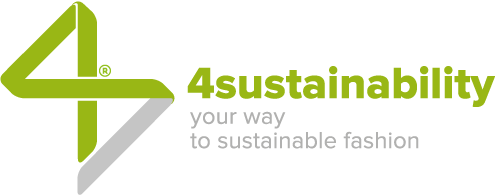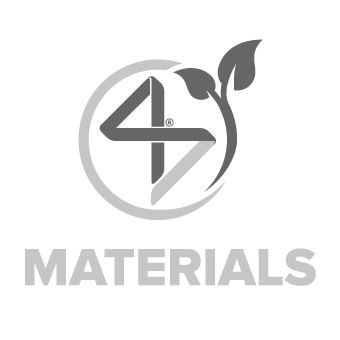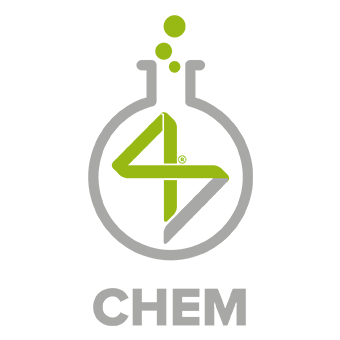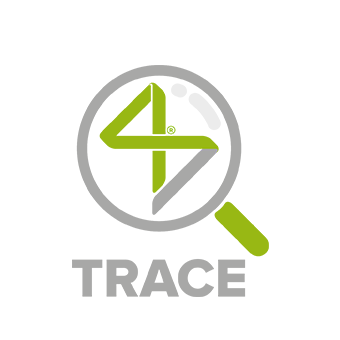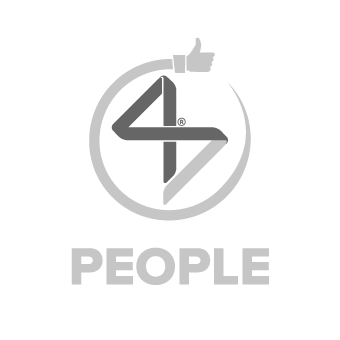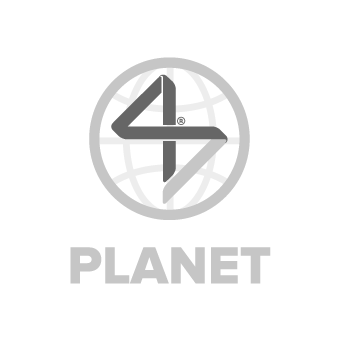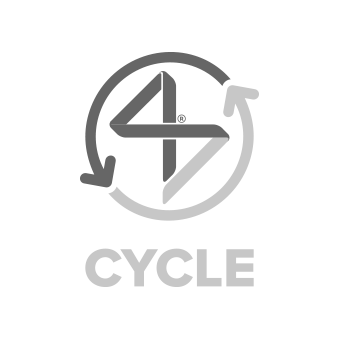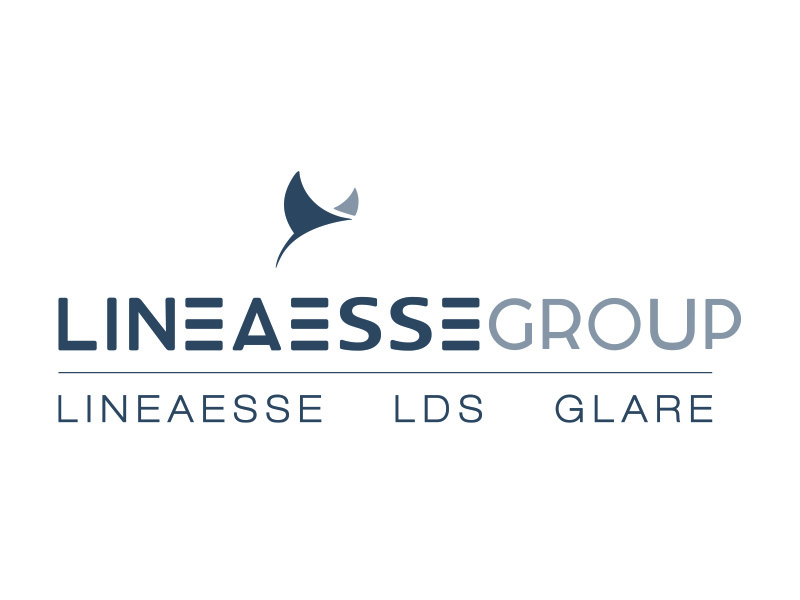
Lineaesse Tessuti SrlID Nr. 4S-100443e-report version 3.0
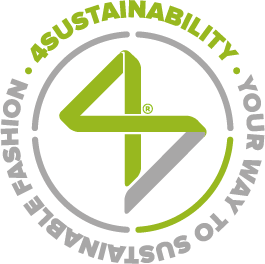
LINEAESSE GROUP, italian creative fabrics since 1976. LINEAESSE, LDS, GLARE are our three different product lines which intermingle
to create endless variations appreciated by the most important international brands and by designers which can give shape to their creativity
and experiment with innovative finishes and materials. The concept of “sustainable supply chain” is an integral part of our philosophy,
in order to try to ensure that our development and that of the community in which we operate should increasinglybe economically, socially
and environmentally sustainable. The principles of sustainability are integrated right from the collection’s study and design phase.
Raw materials from sustainable or recycled sources and manufacturing cycles which aim to minimise company pollution
have always been a part of our Group.
www.lineaessegroup.com
4SUSTAINABILITY® COMMITMENT
Growth and sustainability are the factors for which we want to stand out, founding our strategy on the belief that ethical approach should characterize our business model. We firmly believe there cannot be a long-term economic development without a social and environmental development.
Inspired to and aligned with the Sustainable Development Goals set by the United Nations in the 2030 Agenda (SDGs), we’re committed to contributing to the generation of global positive change, assuming a clear environmental and social responsibility.
We do it concretely by joining the 4sustainability® roadmap, making the values and action programs it embodies our own, committing ourselves to starting a virtuous change journey in our business model, through one or more initiatives that we tell in this e-report.
this initiative contributes to the following UN Sustainable Development Goals
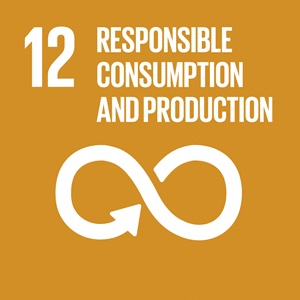
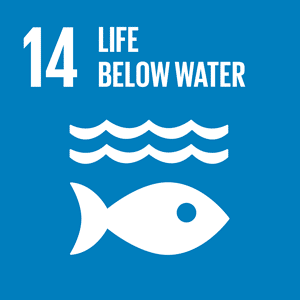
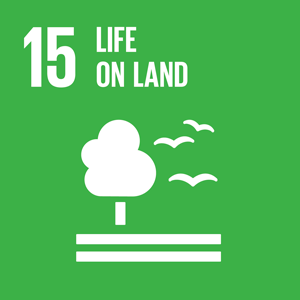
REFERENCE PERIOD
from 01/07/2021 to 30/07/2022
LATEST EVALUATION DATA
13/07/2022
IMPLEMENTATION LEVEL
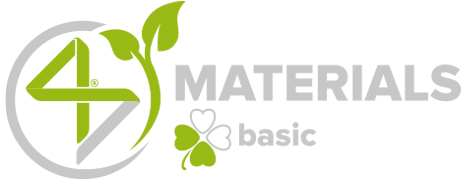
the implementation level certifies the status and evolution of the initiative based on 4sustainability KPIs framework
The company has mapped and assessed the raw materials used to manufacture its products and identified more sustainable alternatives protected by patent or otherwise attested, certified or validated. The main certifications are displayed below.
The report highlights the relative purchase volumes and the number of items put on market in the current year with recognized and verified sustainability attributes.
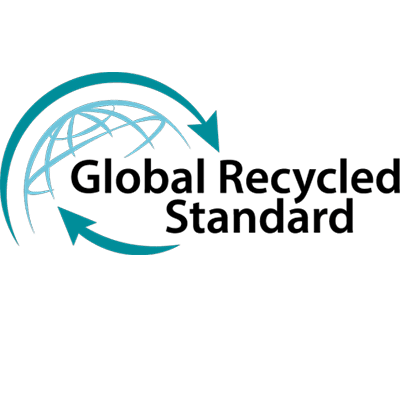
Certified by XXX
[XXX-XXX]
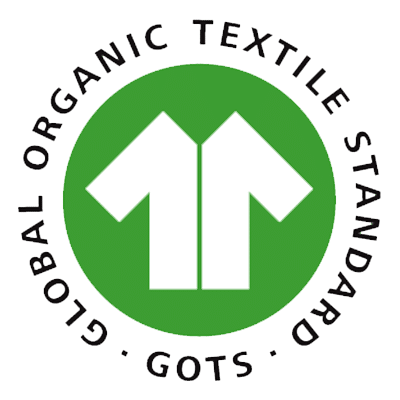
Certified by XXX
[XXX-XXX]
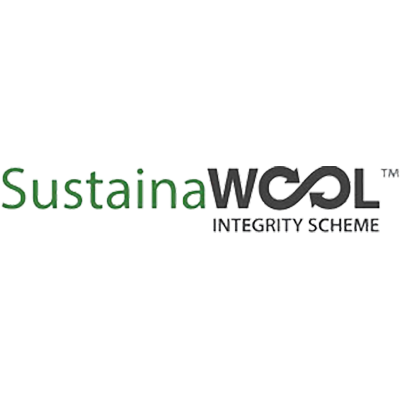
Certified by XXX
[XXX-XXX]
67%
conversion rate of incoming materials
INPUT
The input percentage indicates the conversion rate of the raw material purchased into raw material with recognized attributes of sustainability. The calculation is performed by mapping the purchases made during the year and highlighting the share-volume of the compliant ones with the sustainability requirements of the Materials 4sustainability protocol.
CONVERSION BY TYPE OF MATERIALS
OUTPUT
The output percentage indicates the share of items in the collection designed and manufactured with recognized sustainability attributes out of the overall production.
67%
items with sustainability attributes as compared to the total number of items
19L
impact in terms of water
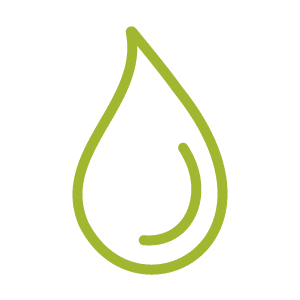
(ITEM NAME)
CONSUMPTION PER UNIT
42MJ
impact in terms of energy
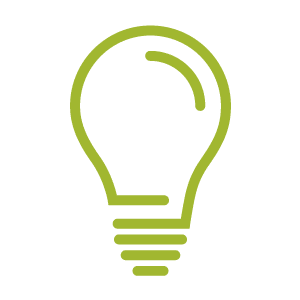
33KG
impact in terms of emissions

LCA CALCULATION
The company carried out the LCA – Life Cycle Assessment calculation on some items in the collection. The main impact data relating to a representative product are shown on the left. Please contact the company for the complete calculation report.
elimination of toxic and harmful chemicals from production cycles in line with the ZDHC Roadmap to Zero Programme
this initiative contributes to the following UN Sustainable Development Goals
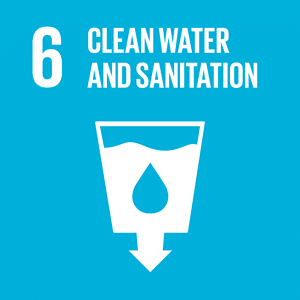
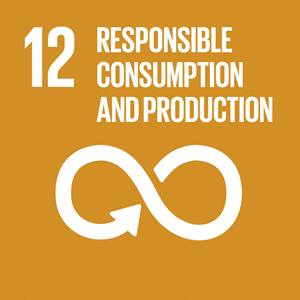

LAST REPORT ABSTRACT
download the report abstract with the main KPIs collected during the last on site assurance performed; if present, the abstract also includes the ZDHC Foundational or Progressive Level Certificate
IMPLEMENTATION LEVEL
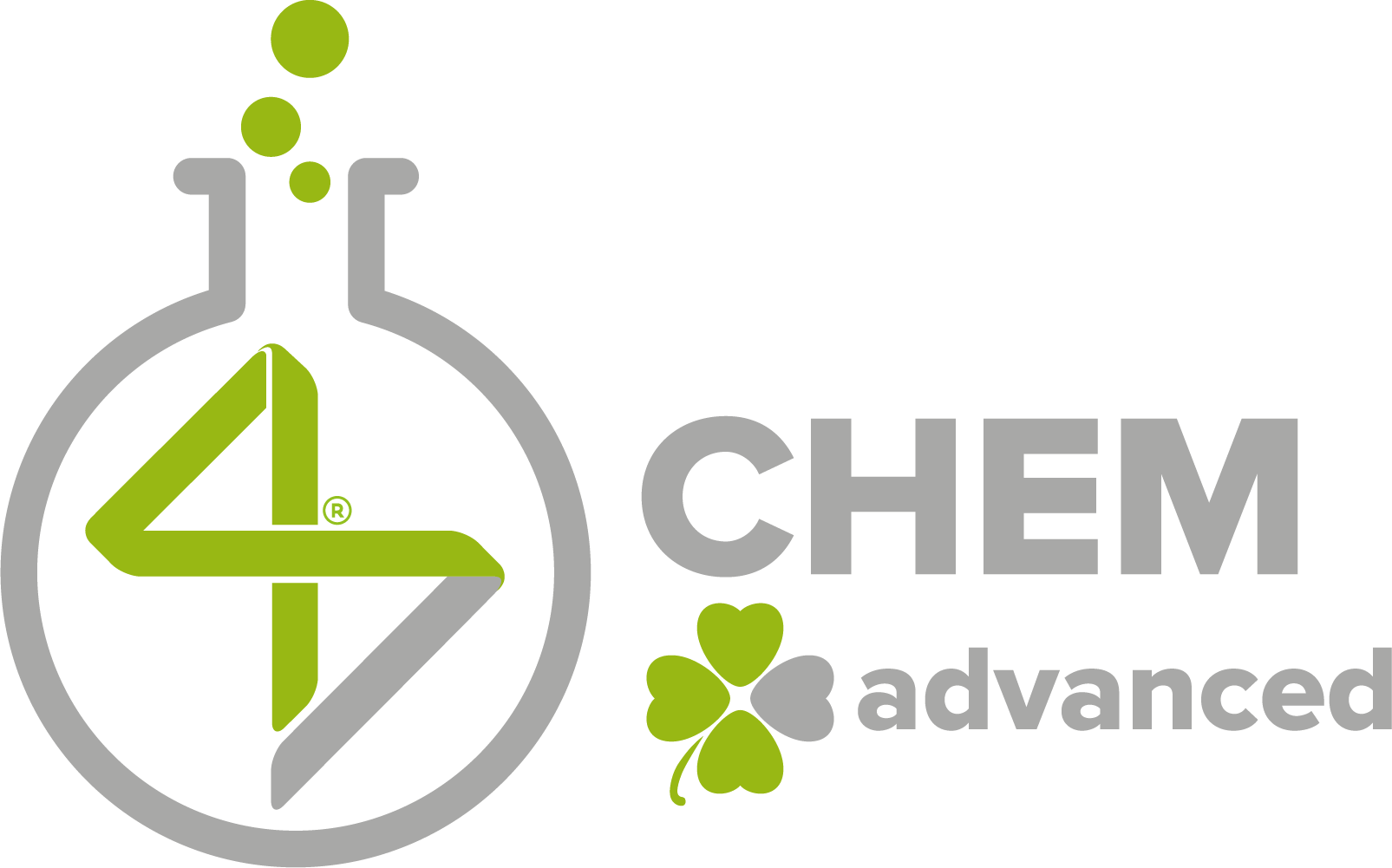
the implementation level is defined after the assurance process following the achievement of the protocol’s minimum requirements and is reviewed annually
The company has adopted the ZDHC MRSL for eliminating toxic and harmful chemicals from its processes and the 4S PRSL for raw material control. It has also implemented all the ZDHC CMS TIG requirements on internal and external processes.
CHEMICAL MANAGEMENT SYSTEM SCORE
78%
the percentage indicates the overall level reached through the implementation of 4s CHEM protocol requirements
ASSURANCE PROTOCOL
WASTEWATER TESTING
ZDHC MRSL parameters following ZDHC Waste Waters Guidelines
wastewater compliance percentage; when in presence of “doesn’t meet requirements” slice, a Root Cause Analysis (RCA) has been performed and uploaded in ZDHC Gateway Waste Waters Module
PRODUCTION VOLUMECOVERED BY WASTEWATER TESTING
72%
percentage of internal and external production volumes whose wastewater has been tested following ZDHC Waste Waters Guidelines
this initiative contributes to the following main UN Sustainable Development Goals
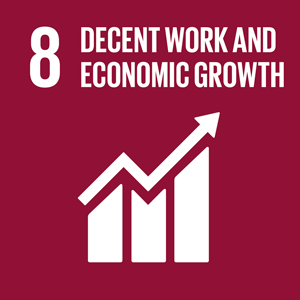

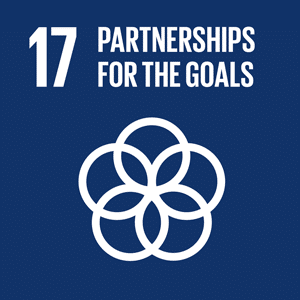
DATA REFERENCE PERIOD
from 01/07/2021 to 30/06/2022
LAST ISSUE DATE
13/07/2022
IMPLEMENTATION LEVEL
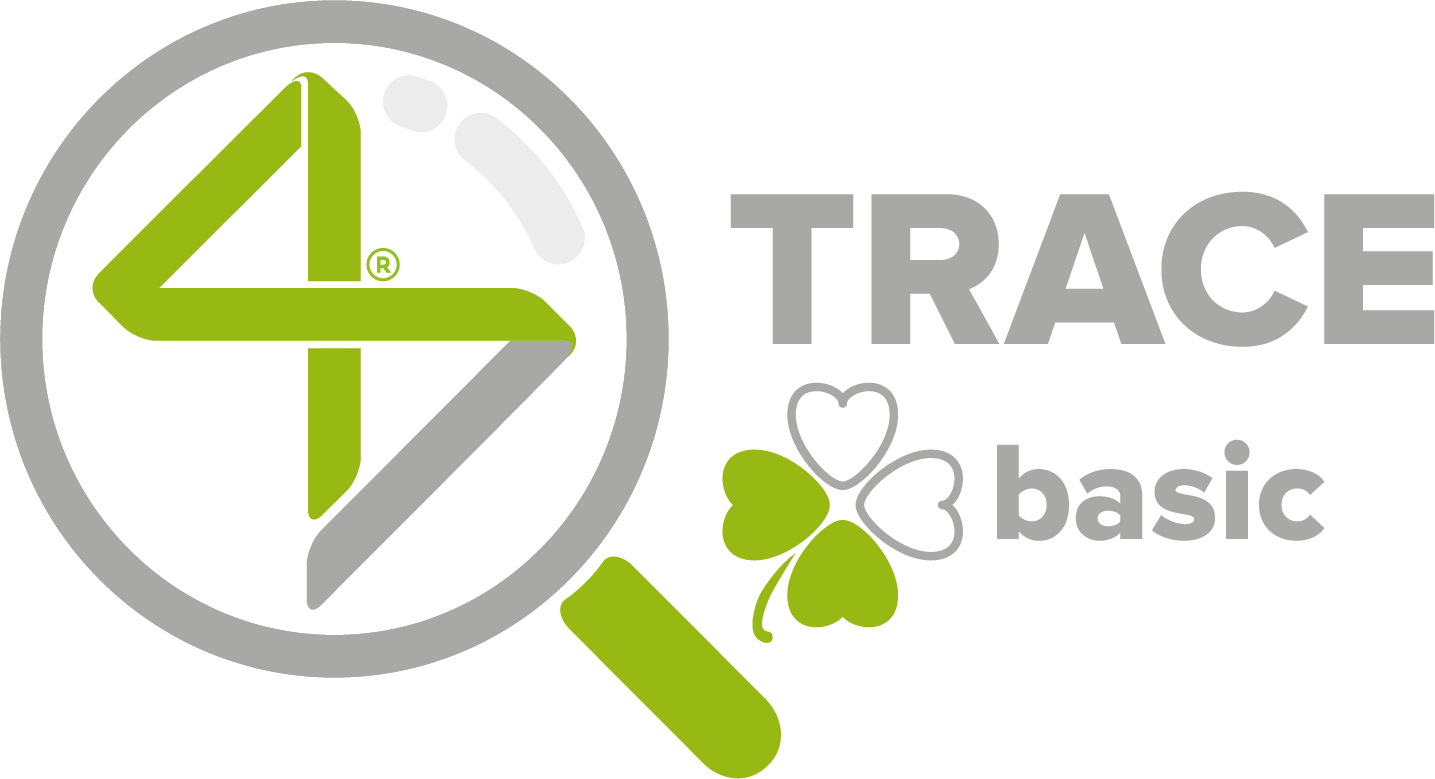
the implementation level is defined after the assurance process following the achievement of the protocol’s minimum requirements and is reviewed annually
The company has implemented a track & trace management system. If there are outsourced processes and raw materials purchases, the company has also involved its suppliers on sustainability performances data collection, implementing a rating system to push them towards continuous improvement.
ENGAGEMENTBY CATEGORY OF SUPPLIERS
SUPPLIERS INVOLVEDon chemical management issue
59%
percentage of suppliers involved in the implementation process on the total number of mapped suppliers
RAW MATERIAL SUPPLIERSASSESSED
56%
percentage of suppliers whose data have been collected
RAW MATERIAL SUPPLIERS' RATING
PROCESS SUPPLIERS' RATING
PROCESS SUPPLIERSASSESSED
86%
percentage of suppliers whose data have been collected
this initiative contributes to the following UN Sustainable Development Goals
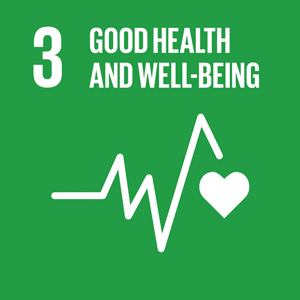
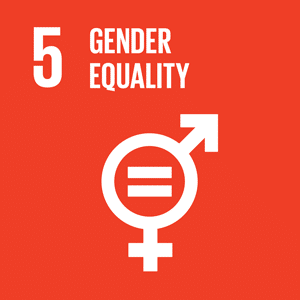
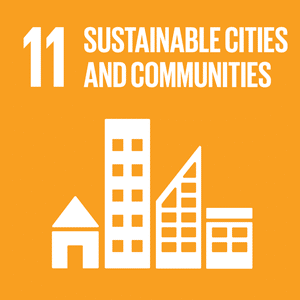
REPORT ABSTRACT
a report abstract will be available for download after the implementation audit is carried out
IMPLEMENTATION LEVEL
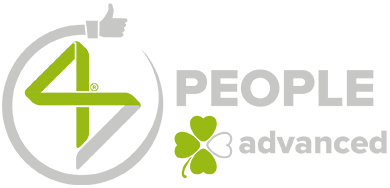
the implementation level certifies the status and evolution of the initiative based on 4sustainability KPIs framework
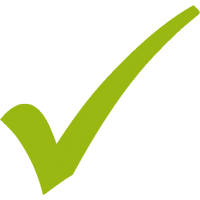
verification date
XX/XX/XXXX
SOCIAL COMPLIANCE
The company complies with the key requirements and standards for protecting workers’ health, safety and rights in the workplace.
CORPORATE CULTURE
The beliefs, assumptions, values and ways of interaction that contribute to the social and psychological environment of an organization and inspire people actions and behaviors.
91%
protocol requirements application percentage
95%
protocol requirements application percentage
BUSINESS ORGANIZATION
The set of rules and processes through which a company carries out its functions and activities – a key lever to improve the employees’ work/life balance and corporate well-being.
SERVICES & BENEFITS
The set of possible initiatives aimed at taking care of and supporting workers: workplace services, human services and benefits to employees.
76%
protocol requirements application percentage
84%
protocol requirements application percentage
WORK ENVIRONMENT
The set of initiatives aimed at promoting the wellbeing of workers through an improving quality of workspaces (appropriate workstations, welcoming and well-lit offices…) and the presence of relax areas.
this initiative contributes to the following UN Sustainable Development Goals
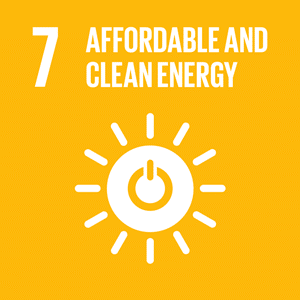
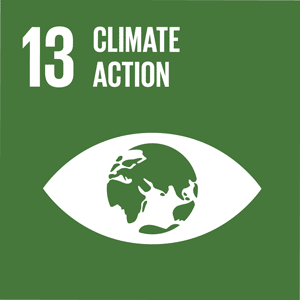

REFERENCE PERIOD
from xx/xx/xxxx to xx/xx/xxxx
LATEST EVALUATION DATA
xx/xx/xxxx
IMPLEMENTATION LEVEL
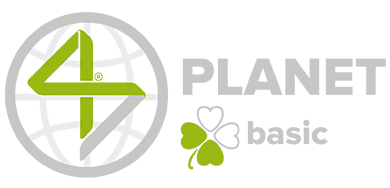
the implementation level certifies the status and evolution of the initiative based on 4sustainability KPIs framework
MAIN ENVIRONMENTAL IMPACTS
The company main impacts are calculated starting from the direct ones. The calculation is then extended to indirect impacts according to a relevance order.
Consumption here on the side refers to an annual production of XX mt / kg / items.
CONSUMPTION
CO2eq (CARBON DIOXIDE)
23.000KG
total emission
DIRECT EMISSIONS
76%

INDIRECT EMISSIONS
24%

DIRECT USE
16%

INDIRECT USE
84%

WATER
120.000L
total consumption
PREVIOUS PERIOD COMPARISON
Variation of the main environmental impact indicators compared to previous measurements.
CO2eq
-10%
ENERGY
-8%
THERMAL ENERGY
-8%
WATER
+4%
this initiative contributes to the following UN Sustainable Development Goals
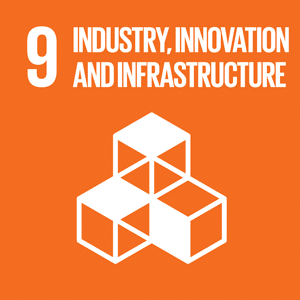


REPORT ABSTRACT
a report abstract will be available for download after the implementation audit is carried out
IMPLEMENTATION LEVEL
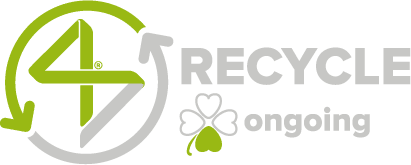
the implementation level certifies the status and evolution of the initiative based on 4sustainability KPIs framework
